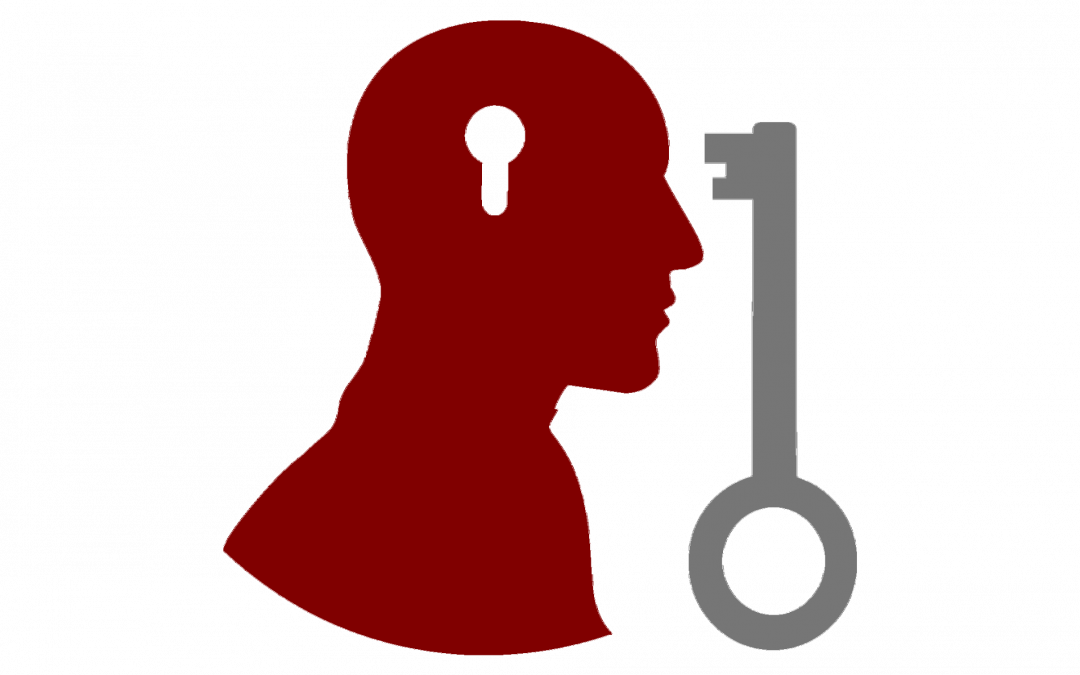In this three-part series, Academic Technology Solutions, in conjunction with Student Disability Services, explores how faculty and instructors can make digital learning materials more accessible for students with disabilities. The principal author of these posts is Lauren Schiller, Program Coordinator for Document Conversion Services within SDS; Mohammad Ahmed (ATS) and Emily Baker (Accessible Technology Specialist for IT Services) also contributed material to the series. For more information, please contact Student Disability Services: text.sds@uchicago.edu
Coming next in the series:
Part 2: How to Make Course Readings Accessible – Wednesday 3/13
Part 3: Increasing Accessibility for Migrated Canvas Courses – Friday 3/15
The term “alternative-format texts” usually refers to texts in electronic format which can be accessed through the use of assistive technology, such as a screen reader software program. Students with a print disability either are unable to read, or have difficulty reading, course materials in printed formats. These students need course materials in an electronic format in order for them to engage with the material. Other students may have a disability that limits the amount of time they can look at a computer screen; alternative texts for these students may include printouts of online materials.
One common misconception is that blind or low-vision students are the only people who require texts in electronic format. In fact, the majority of students receiving their course materials in electronic format do not have a visual disability. Students with dyslexia, reading disorders, and other learning disabilities which make processing written text difficult can benefit from screen readers which read the text aloud as the student follows along on the page. Students may also have physical disabilities that make it difficult to carry books or turn pages; these students use alternative-format texts as well.
Having course materials available in accessible formats and ready to go in Canvas as the quarter begins will ensure that students with print-related disabilities can have equitable access to these materials.
Stay tuned for Parts 2 and 3 of this series!

